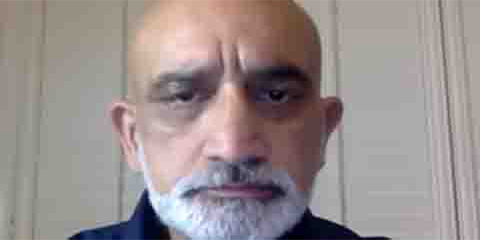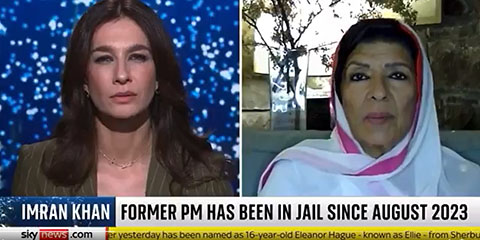How to combat misinformation on social media
JournalismPakistan.com | Published last year | Ayesha Malik
Join our WhatsApp channel
ISLAMABAD—In the digital age, misinformation spreads rapidly across social media platforms, often leading to confusion, mistrust, and even real-world harm. As users of these platforms, it's crucial to develop skills to identify and counteract fake news. Here are some guidelines and tools to help you combat misinformation on social media.
Guidelines to Identify Misinformation
Check the Source:
Verify the credibility of the source. Is it a well-known and reputable news organization? Be wary of websites that mimic legitimate news sites but have misleading URLs.
Examine the Author:
Research the author of the content. Are they a credible journalist or expert in the field? Check for other articles they've written to assess their reliability.
Look for supporting evidence:
Cross-check the information with other reputable sources. Multiple sources reporting the same facts increase credibility. Verify the dates of the events mentioned to ensure the information is current and relevant.
Analyze the Content:
Look out for sensationalist headlines that are designed to provoke strong emotions. Reliable news tends to be factual and neutral. Check for grammatical errors and poor writing, which can be indicators of fake news.
Evaluate the Media:
Analyze images and videos for signs of manipulation. Reverse image search tools can help verify the authenticity of visual content. Be cautious of deepfakes and altered videos that can mislead viewers.
Tools to Counteract Misinformation
Fact-Checking Websites:
Use websites like Snopes, FactCheck.org, and PolitiFact to verify questionable information. These platforms provide detailed analyses and references to support their findings.
Browser Extensions:
Install extensions like NewsGuard and Fake News Detector to get real-time analysis of the credibility of websites you visit. These tools can help you avoid unreliable sources and stay informed with accurate news.
Social Media Features:
Use platform-specific tools like Facebook's Fact-Checking Program and Twitter's flagging system to report and identify fake news. Engage with verified accounts and rely on trusted influencers for accurate information.
Media Literacy Programs:
Participate in media literacy programs and workshops offered by educational institutions and NGOs.These programs can enhance your ability to critically analyze news and identify misinformation.
Best Practices for Sharing Information
Verify Before Sharing:
Always verify the information before sharing it on your social media platforms. Sharing false information can contribute to the spread of misinformation.
Encourage Critical Thinking:
Promote critical thinking among your followers by encouraging them to question and verify information. Share tips and resources for identifying fake news with your social media community.
Be a Responsible Consumer:
Follow and support credible news sources and journalists who adhere to ethical standards. Stay informed about current events and trends in misinformation to be better prepared to combat it.
Combating misinformation on social media requires vigilance, critical thinking, and the use of reliable tools and resources. By following these guidelines and leveraging available tools, you can play a crucial role in reducing the spread of fake news and ensuring that accurate information prevails. Stay informed, stay skeptical, and always verify before you share.

























